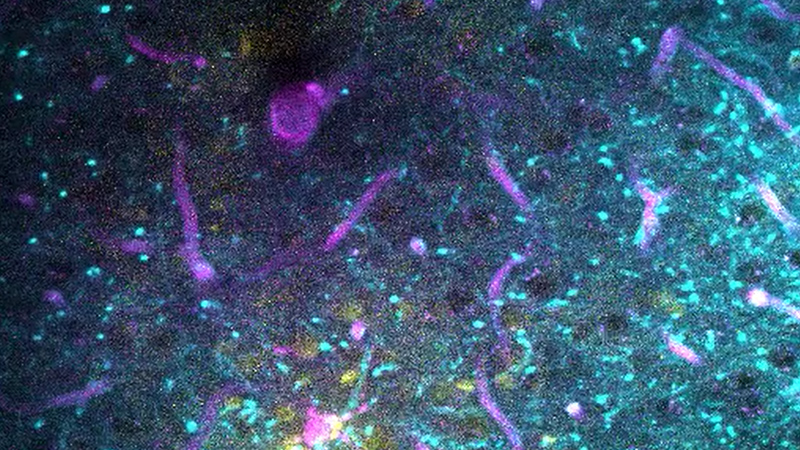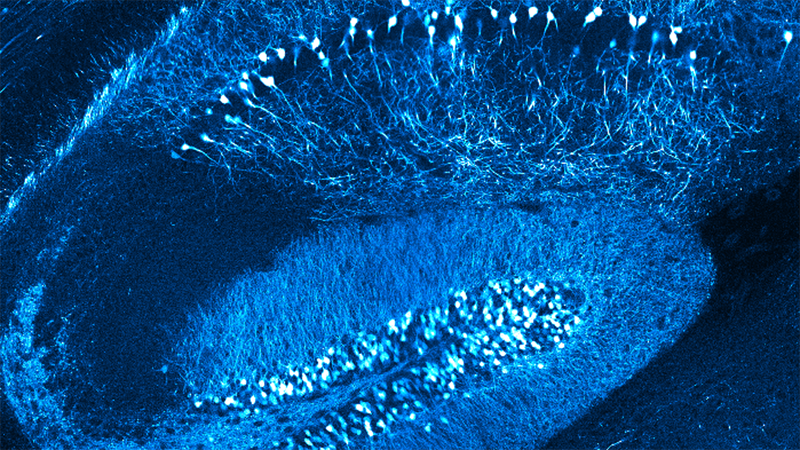

Two- and Three-Photon Imaging of Neurovascular Coupling Across Neocortical Layers
Learn how to optimize two- and three-photon imaging to study neural activity.
Our guest speaker discuss topics including:
- Recent, cutting-edge applications of two-photon and three-photon imaging, specifically in the study of individual blood vessels and related sensory stimuli.
- New insight into the scope of research opportunities enabled by the successful investigation of blood vessels in the white matter, below the neocortex, with multiphoton imaging.
- The latest multiphoton research focused on the neural correlates of hemodynamic responses and the spatial limits of neurovascular coupling in the neocortex.
Contact Dr. Kara for access to the recording:
- pkara@umn.edu
Presenter's Abstract
The brain has a mechanism for increasing blood flow locally to regions with increased neural activity. This increase in blood flow generates signals that can be measured when using functional magnetic resonance imaging (fMRI). However, the precise spatial scale over which neural and vascular signals are correlated is largely unknown. This is of particular importance in the neocortex where lateral and laminar circuits are distinctly organized within and across mammalian species. While previous work has focused on molecular mechanisms of signaling between neurons and blood vessels, the extent to which individual blood vessels are locally ‘tuned’ for different categories of sensory stimuli was not examined until a recent study from my laboratory. We have been using two-photon and three-photon imaging in rodent and non-rodent mammals to measure sensory-evoked responses of individual blood vessels (dilation, blood velocity) while imaging neural activity in the surrounding tissue using fluorescent glutamate and calcium sensors. More recently, we have also been imaging blood vessels in the white matter, below the neocortex. In my Bruker Webinar, I will present multi-photon data which begin to address the neural correlates of hemodynamic responses and the spatial limits of neurovascular coupling in the neocortex.
More details on this research are available at Dr. Kara's lab website:
Find out more about the technology featured in this webinar or our other Multiphoton Imaging Solutions:
Contact Dr. Kara for access to the recording:
- pkara@umn.edu
Featured Products and Technology
Guest Speaker
Prakash Kara, Ph.D., Professor of Neuroscience, University of Minnesota

